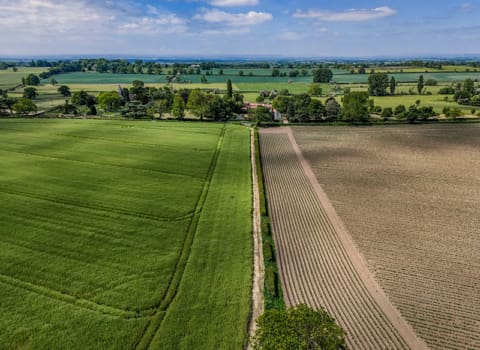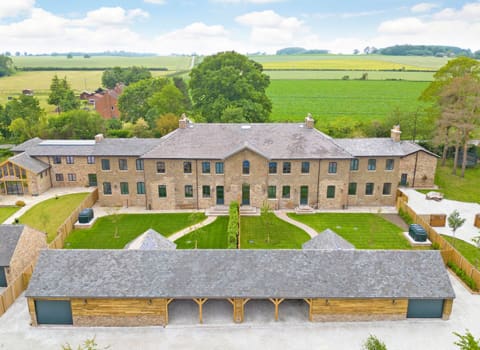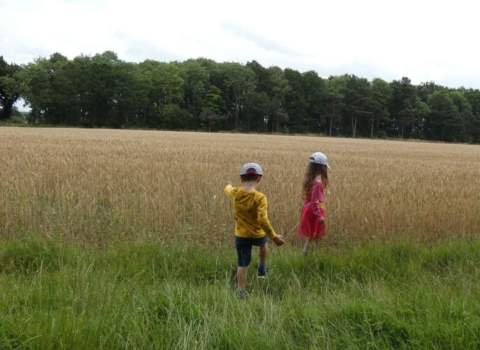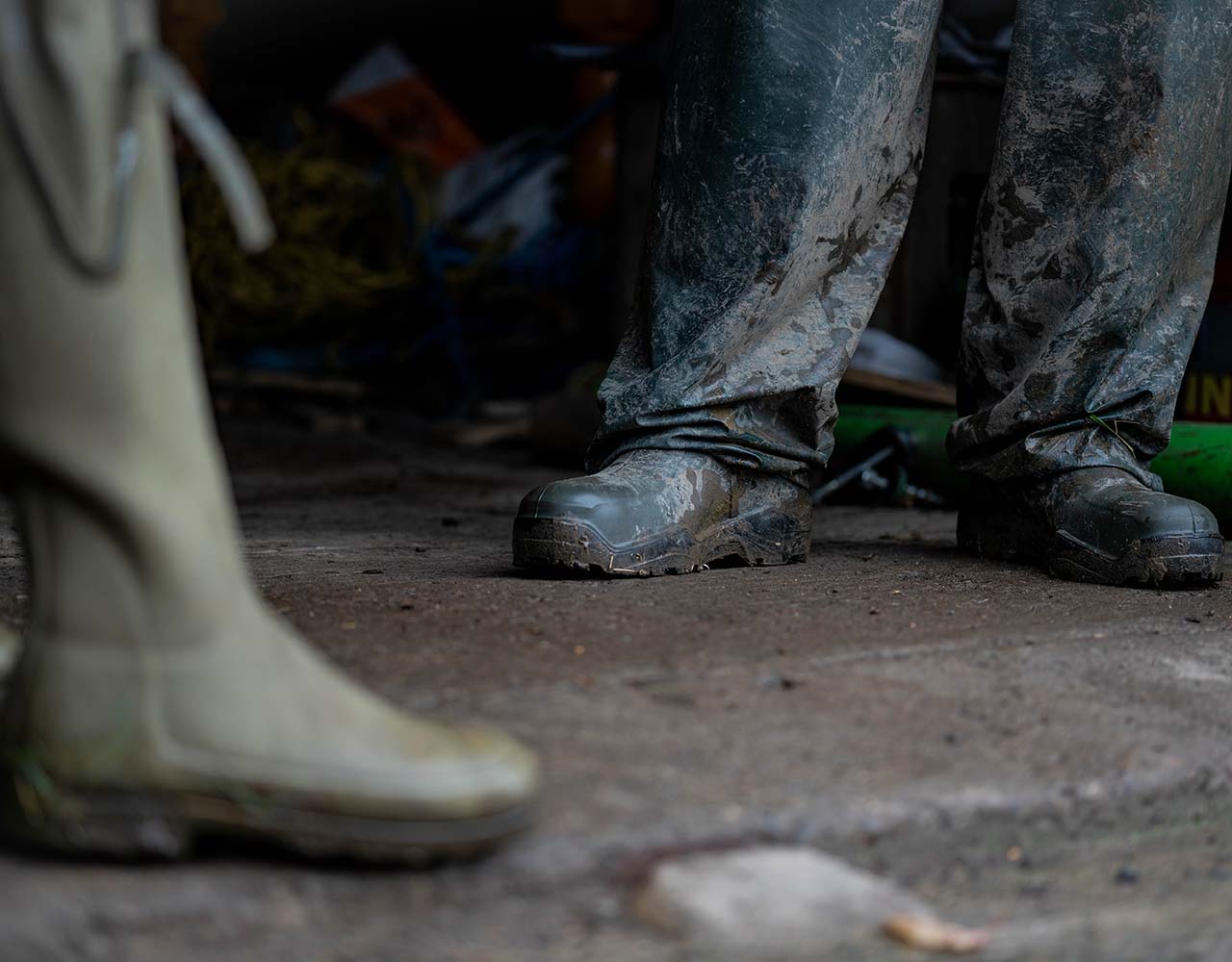Contact our offices
Main office
COLBURN
5 & 6 BAILEY COURT
COLBURN BUSINESS PARK
RICHMOND
NORTH YORKSHIRE
DL9 4QL
Estate Agency Offices are located in
BARNARD CASTLE, BOROUGHBRIDGE & RICHMOND
Residential Management Team
Our Offices
- Alnwick
01665 568310
Email Officealnwick@gscgrays.co.uk - Barnard Castle
01833 637000
Email Officebarnardcastle@gscgrays.co.uk - Boroughbridge
01423 590500
Email Officeboroughbridge@gscgrays.co.uk - Chester-Le-Street
0191 3039540
Email Officechester-le-street@gscgrays.co.uk - Colburn
01748 897630
Email Officecolburn@gscgrays.co.uk - Driffield
01377 337180
Email Officedriffield@gscgrays.co.uk - Hamsterley
01388 487000
Email Officehamsterley@gscgrays.co.uk - Hexham
01434 611565
Email Officehexham@gscgrays.co.uk - Kirkby Lonsdale
01524 880320
Email Officekirkbylonsdale@gscgrays.co.uk - Penrith
01768 597005
Email Officepenrith@gscgrays.co.uk
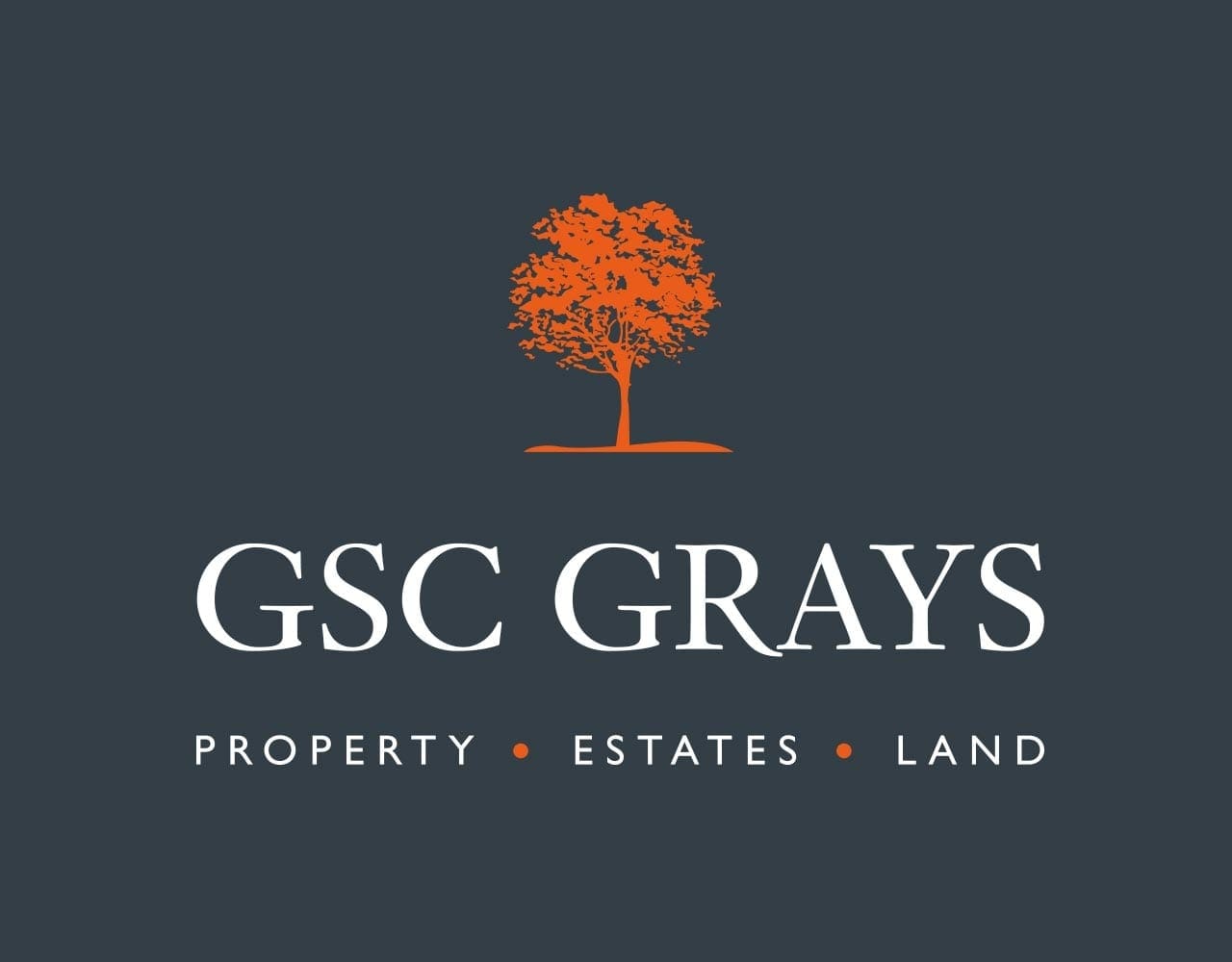
Damp in Older Buildings – A Common-sense Approach!
Having recently been asked to inspect several traditional stone-built farmhouses that were suffering from damp, Phil Kennerley, Senior Project Manager with GSC Grays looks at how updates to older buildings can sometimes create additional problems.
These ‘solid’ wall 19th century buildings had been updated over the years but were experiencing a number of issues with damp to both the ground and first floors. Please note when we talk about damp, it is not only the dreaded rising kind, but it can also come from water ingress and condensation (created by living in the house).
When updating an old building it is important to have an appreciation of how the basic construction of these buildings differs from that of modern housing. New house building techniques rely on keeping water out with a system of barriers that are integral to the design. Buildings that pre-date the late 19th century are often constructed without such barriers and made from absorbent materials.
Therefore, these older buildings must be allowed to breathe so that any moisture that enters the structure can evaporate back out. This was far easier back in the day before modern comforts such as central heating, when the heating was provided by open fires; as these would, by necessity, draw in large volumes of air from loose fitting doors, windows or ventilation bricks etc. These air changes provided an extremely high rate of ventilation, evaporating any moisture from the permeable internal surfaces.
Unfortunately, the houses being inspected had been updated with some of the following;
- UPVC double glazed windows with no ventilation
- Fireplaces blocked up with no ventilation
- No extractor fans to kitchen or bathrooms
- Doors to cellars sealed up
This lack of ventilation allied with external pointing repaired with cementitious mortar, modern paints and wall paper to internal walls had lead the damp problem to exacerbate, purely due to the fact that the building could not lose the water it absorbed through evaporation as planned.
One of the building residents had turned to a damp proof specialist company for assistance who had undertaken re-plastering the lower 900mm of all ground floor room walls with a sand cement waterproof plaster. While this section appeared fine, there was a clear mark above where water was trying to evaporate and it is important to note that damp does not just look unsightly, it can affect the structure of your property leading to the deterioration of plaster, masonry and promote timber decay.
In addition, one external wall had been ‘sealed’ with a waterproof coating, again limiting the wall’s ability to evaporate by trapping moisture in.
So what can be done? Do we have to go back to living without our creature comforts in draughty old houses? Throw out those fitted carpets and go back to loose rugs? Not necessarily, but you must adopt a common-sense approach to some aspects.
- Install extractors in bathrooms and kitchens and use them (don’t turn off because they are noisy – or tape over because of the draught and keep them clean!).
- If you wish to block a fireplace, leave some ventilation.
- Have trickle vents installed in new windows.
- Bedroom windows left slightly ajar at night – most modern windows have a catch and locking mechanism to allow this to be done securely.
- Repair your old property with the traditional materials it was originally constructed from; lime mortar and plaster all allow the building to breath.
- Make sure gutters are free from debris and work correctly – the impact of a leaking gutter can be significant in creating a damp issue.
- Avoid modern ‘washable’ paints and wall papers that can trap in moisture.
- Don’t put furniture tight up against walls, trapping the air.
- Throw open the windows and blow out the cobwebs…….
If you are concerned about the condition of your property and the potential effect on it’s value or marketability, GSC Grays are able and willing to help.
[team-member name=”Philip Kennerley”]





